|
It’s August and we are in the proverbial dog days of summer. For me, summer means two things: lakes and loons. I have never been able to decide whether the call of the loon is mournful or simply serene, but undoubtedly it has a haunting beauty. In my mind, it is the sound of a summer evening. Although I always associate the call of the loon with the evening, one of the most memorable experiences I had with a loon was very early one morning—and that experience was the inspiration for a pair of paintings. It was early September, and I was preparing to paddle Hailstorm Creek in Algonquin Park, my heart filled with the hope of seeing moose. To be honest, hope is too soft of a word. Conviction is better: I was certain that if I went early enough in the morning, I would see one—or maybe twenty-seven. I imagined herds of them, grazing on the greens, posed perfectly for photos and sketches. So, full of optimism, I bundled up in layers and set off. It was just before dawn, and a chilly -5 degrees when we set out in our kayaks. It was the kind of fall morning that starts out with a coating of frost and then feels like a hot summer day by 10am; in other words, it was perfect. The water was warmer than the air, and a misty steam was rising from the surface of Lake Opeongo. The only sound was the ripple caused by our paddles, and then suddenly, there it was: the long call of the loon, close by . . . and getting closer. For a moment, I couldn’t locate the loon and then I realized it was coming in for a landing, and I was directly on the flight path. The loon sailed right over my head—not even an arm’s length above me—and touched down behind my kayak. It’s a perspective that you don’t often get, seeing the underside of a loon coming at you, and it was magical.
I put down my paddle and just watched the loon for a while. These paintings are the result of that memorable morning. 5 fun facts about loons:
And if you can’t get to a peaceful lake or river to hear the sound of the loon, you can close your eyes and pretend while you listen to their calls on this website: www.loon.org/voice-loon.php
0 Comments
This week I’ve been painting a Canadian icon. No, I haven’t been working on a portrait of a celebrity; I’ve been painting a canoe paddle! I’ve traded in my usual canvas for a wooden paddle as part of a fundraiser to support arts programs in Muskoka. The fundraiser is being hosted by Algonquin Outfitters, who will hold an online auction and live event in September. Their goal is to auction at least 100 paddles, to commemorate the 100th anniversary of the death of Tom Thompson in Algonquin Park. I love to paddle, and of course I love to paint, so the opportunity to combine the two and paint on a paddle was irresistible. The only question was what to paint. I wanted to design something simple and elegant that would complement the shape of the paddle, and eventually I decided on a gray jay, also known as a Canada jay or a whiskeyjack. Whiskeyjack is an English corruption of the Algonquian name “Wisakedjack,” a kind of mischievous, trickster spirit in First Nation’s lore. If you’ve ever met a gray jay, you’ll understand why it has earned that name. They are known for seeking out people in the hopes of getting some food to cache, and sometimes even stealing it from unsuspecting campers. The Royal Canadian Geographic Society endorsed it as Canada’s national bird in part because “it has been known for centuries as a companion to Indigenous Peoples, early explorers and outdoor enthusiasts. Its chattering and whistles are considered an early warning to hunters of nearby predators. There are stories of Gwich’in guides in the Yukon who tell of gray jays singing from tree to tree to lead a lost hunter home.”
“Gold is for the mistress—silver for the maid—Copper for the craftsman cunning at his trade."
—Kipling
The phrase “copper for the craftsman” is a telling one. Copper is a versatile material, and that versatility has led to its use by many tradespeople and craftspeople throughout human history. It surrounds us in many applications in life today, just as it has for centuries. It is so pervasive that we almost don’t notice it: it’s in our homes in the form of wiring and plumbing; it’s in our pockets or purses in the form of currency; and it’s in anything that is brass or bronze, since it is an alloy of those metals. Chefs and bakers use copper cookware and baking pans. If you’re familiar with Ottawa, then you’ll also be familiar with the copper roof of Canada’s Parliament buildings as well as the copper roof of the neighbouring Chateau Laurier. But did you know that copper also has centuries-old—and ongoing—role in oil painting?
copper as canvas
Copper plates have been used as a surface for oil paintings for hundreds of years, particularly in Holland. There are several reasons why artists chose to paint on copper. It doesn’t warp, the way that wooden panels can, and it is not sensitive to humidity. Insects don’t eat it. It doesn’t tear or stretch the way that canvas can, and so no re-tensioning is needed. It’s durable, and has a smooth surface that allows for a range of painting techniques.
Here is a portrait study that I painted on a copper plate. I was interested in trying the technique because it fascinates me to follow in the footsteps of artists who have gone before, and try to learn what they knew. Also, it’s just a lot of fun to paint on different surfaces and feel how differently the paint handles on each.
A couple of years ago, I woke up on Christmas morning to find a rock in my stocking. For a few moments, I worried that Santa knew some things that I'd prefer to keep secret, but when I unwrapped it, I discovered that it wasn't a lump of coal after all. My rock was a chunk of soapstone. And so began my journey into stone carving. I’ve done a few carvings since that Christmas, and while carving is still secondary to drawing and painting for me, I have discovered that I thoroughly enjoy the process of working with stone.
Like drawing and painting, carving requires you to think of your subject in three dimensions, but it is different in that it is a subtractive process: you need to decide what you are going to take away rather than what you need to add. I enjoy reversing my thinking this way. I also love the tactile nature of carving. The stone is soft and as its name implies, has a soapy texture that is nice to work with. Soapstone retains heat so it also feels nice and warm in your hands as you work on it. Here is a loon that I carved as a wedding gift for a couple that loves the outdoors. The loon seemed representative of the lifestyle and places they love.
My loon started out as a 44 pound boulder, but the finished piece is probably 7 or 8 pounds.
At this time of year, some people roll up their sleeves and throw themselves into spring cleaning. They end up with an organized house and a sense of accomplishment. I’m not one of those people. I envy them, and I even make an effort, but then a drawing or a painting calls to me and I start thinking that the dust bunnies can wait. They’ve waited so long that no doubt they are full-sized dust rabbits by this time. But in one of my short-lived burst of spring cleaning, I came across this drawing, tucked away in a closet. I drew it a few years ago but thought I’d share it today because it suits the season—it’s a drawing of a traditional sugar shack, done in pen and ink.
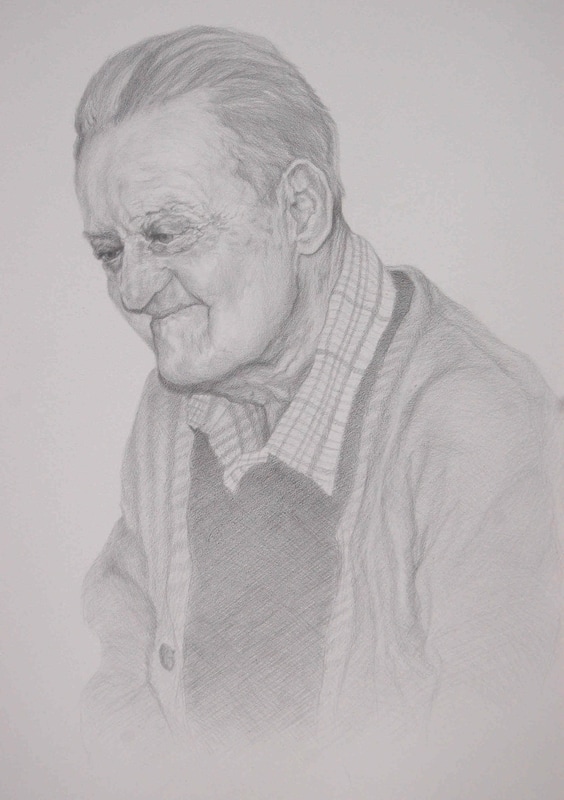
Welcome to my new website! Spring is on its way and I’ve been working on creating a new, lemony-fresh new site that will work on tablets and phones. It’s still a work in progress, and I will be adding new artwork over the coming weeks. In the meantime, I thought I’d start my new blog by showing you what is on my easel now: a portrait of my Grandad in silverpoint.
What is silverpoint, you ask? Silverpoint—also known as metalpoint—is a very old drawing medium. Essentially, it’s a stylus made of .999 pure soft silver. Imagine a mechanical pencil that uses a silver wire instead of a pencil lead, and you’ll have the idea. The silver used for silverpoint drawing is soft, which means that when you drag the silver across your drawing surface, some of the silver is scraped off and leaves a mark. This won’t happen on paper: you have to work on a surface that is a little bit abrasive and has some tooth to grab the silver. Silverpoint had something of a revival in the 19th century, but it was probably at its most popular from the 14th century to the beginning of the 16th century. Artists like Leonardo da Vinci, Sandro Botticelli, Fra Filippo Lippi, Albrecht Dürer, and Raphael all used silverpoint. During the Renaissance, new art materials were developed, and silverpoint gave way to the graphite pencil. I bet your inquiring mind is wondering why artists traded silverpoint for graphite? Well, the reasons are very practical ones. Silverpoint is not very forgiving; you can’t erase it. It’s not as convenient as a pencil, because you can’t draw on plain paper or any other unprepared surface. The other drawback is that you can’t create the darkest darks with silverpoint; it has a smaller range of tonal values than a graphite pencil. So, why draw with silverpoint instead of a pencil? Because it makes beautiful, delicate, silver-grey lines that will tarnish over time. The drawing will develop its own patina as it ages. That’s what attracted me to silverpoint: the idea that the drawing will age and change and take on a life of its own. So exciting! Silverpoint is difficult to photograph because the silver reflects the light, but hopefully this picture gives a sense of the delicate line that silverpoint creates:
I need to learn patience—but how long will that take?
I’ve done 5 or 6 silverpoint drawings so far, but none have really started to oxidize very much yet. The research I’ve done suggests that the amount of time it takes for a drawing to tarnish depends on the air quality: drawings will tarnish more quickly outdoors, and more quickly in industrial cities where there is more sulfur in the air. Other artists have told me that they speed up the process by sealing their drawings in a box, along with some liquid sulfur (called “liver of sulfur,” for reasons that are not clear to me). I plan to experiment with exposing my drawings to sulfur to see what happens, but I think I’ll wait until the warm weather. I suspect that experimenting with sulfur is like playing the bagpipes—an activity that’s best done outside. |
A brush with life
I love the smell of art supplies in the morning! This space is to share info about the materials and techniques that I am trying, as well as some pictures of my work in progress. Archives
August 2020
Categories
All
Copyright Jennifer Foster
|

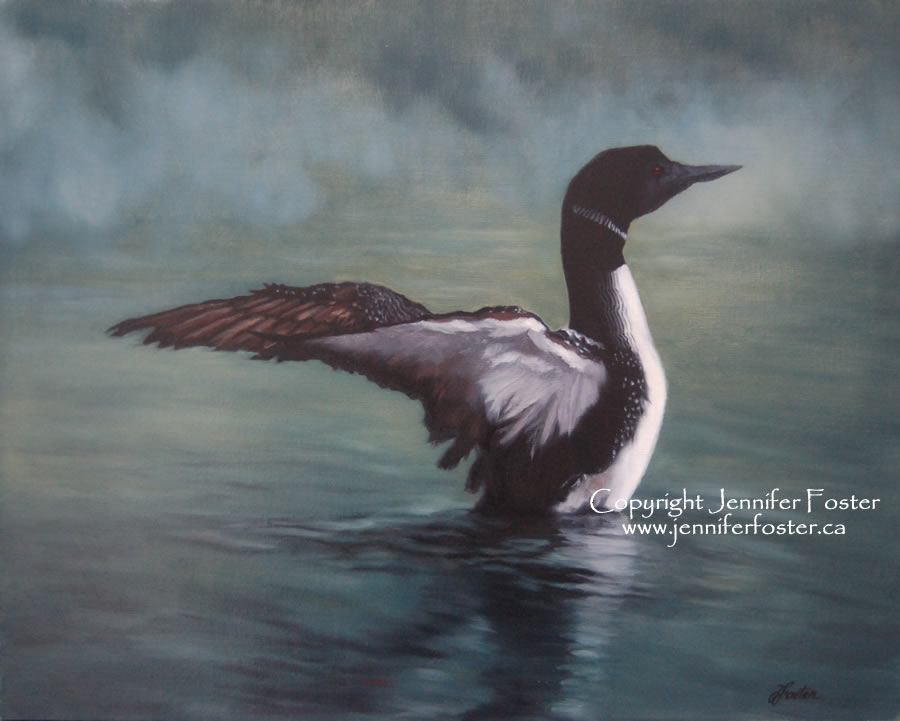
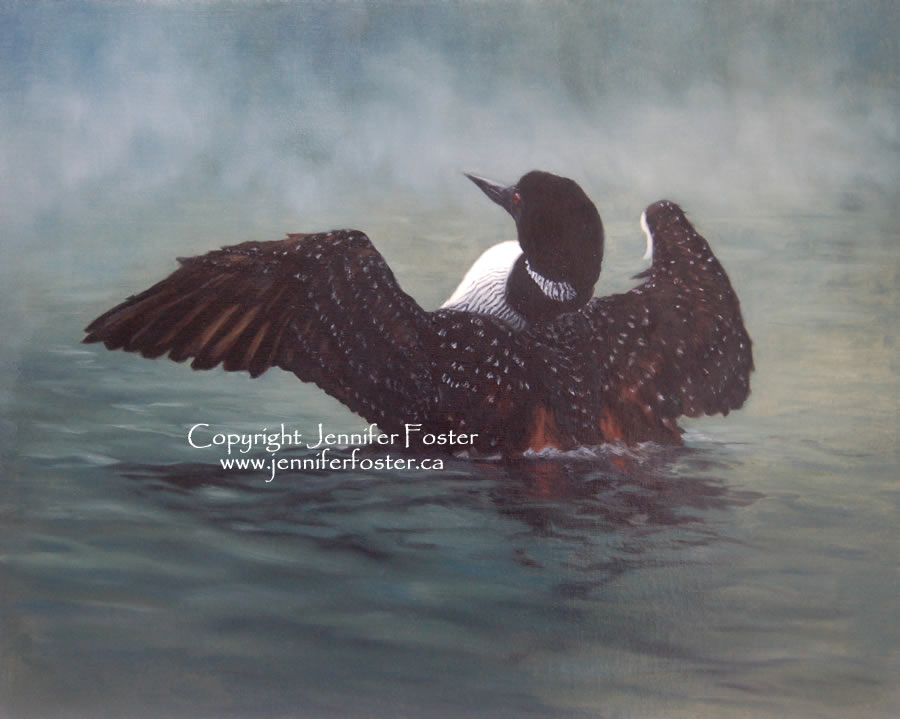

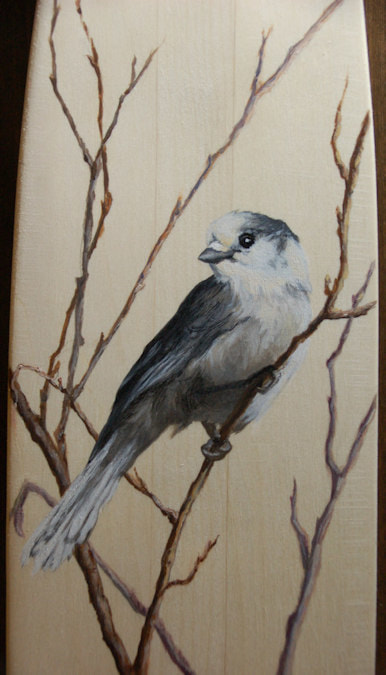
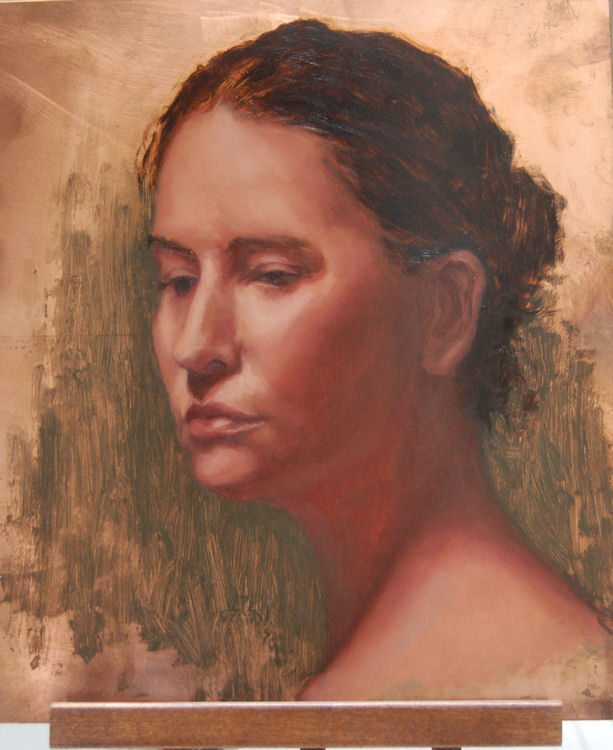
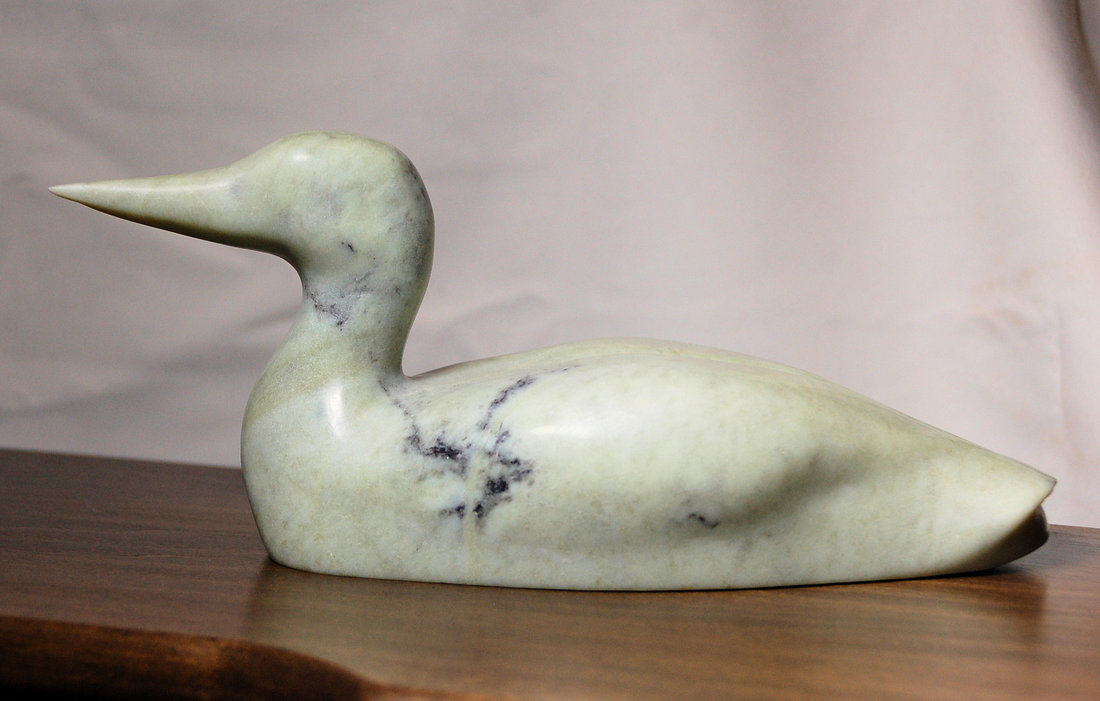
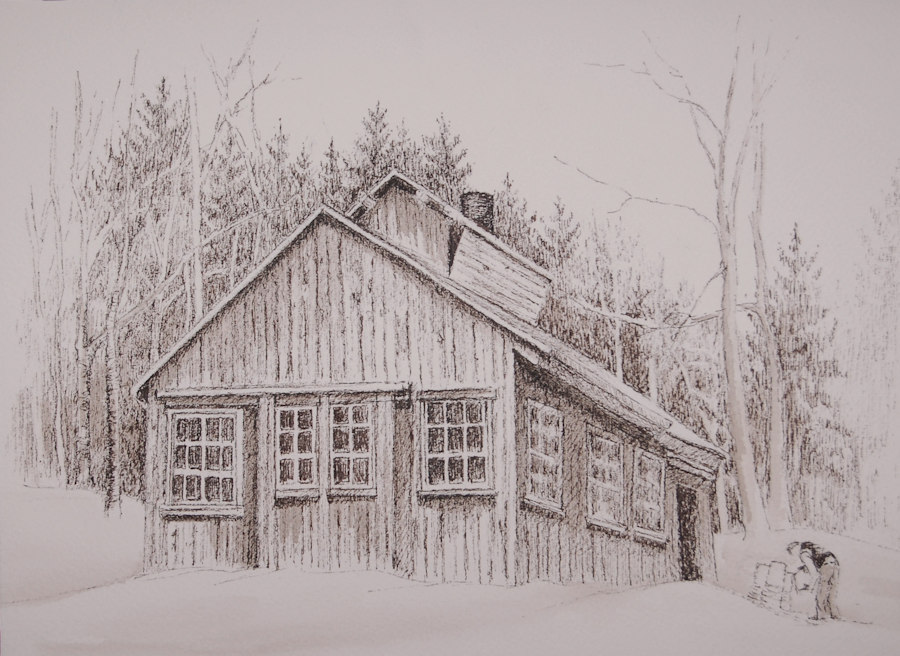
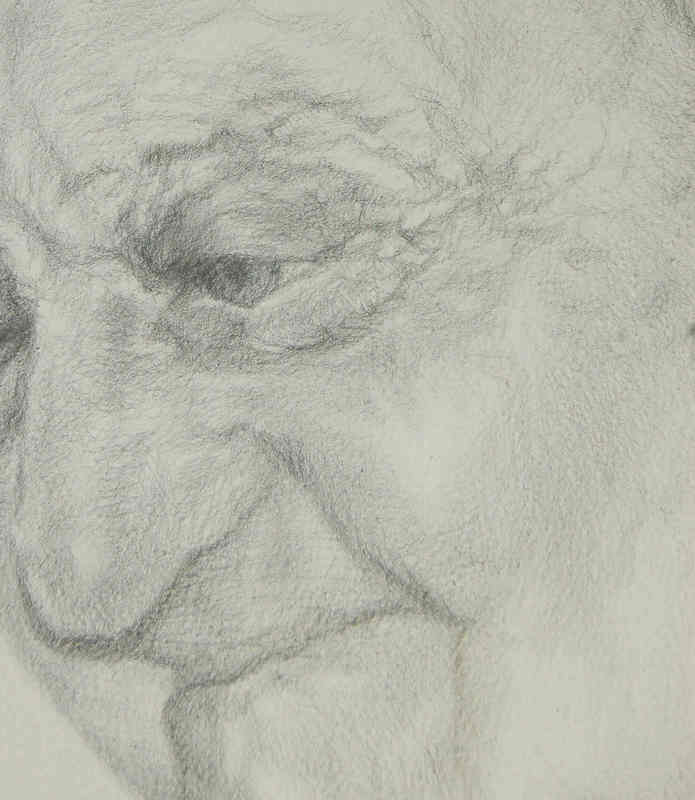
 RSS Feed
RSS Feed